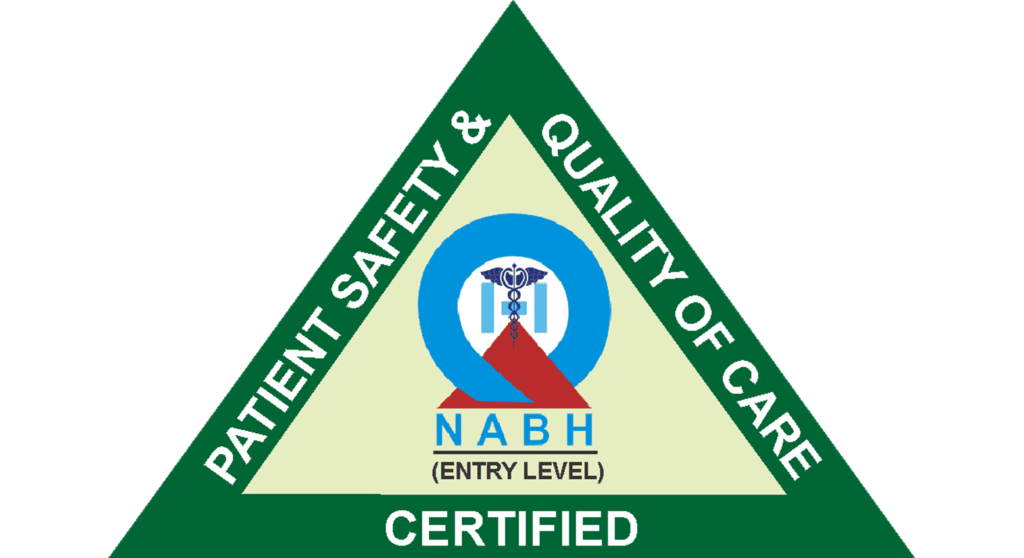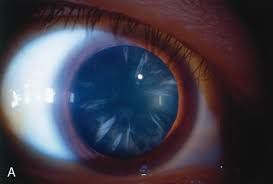Cataract Treatment in Vileparle and Santacruz
Cataract Diagnosis & Treatment
Pediatric Cataract

Pediatric Cataract Symptom Checker
- Poor vision
- White reflex in the center of the eye
- Squinting or crossing of eyes

What causes eye cataracts?
- Previous or untreated eye injury
- Hypertension
- Previous eye surgery
- UV radiation
- Long exposure to sunlight
- Over usage of certain medications
- Hormone replacement therapy

Types of Cataract in children

Childhood Cataract

Secondary Cataract

Traumatic Cataract

Posterior Subcapsular Cataract
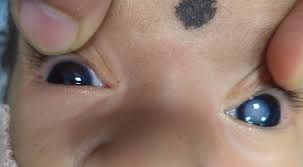
Congenital Cataract

Traumatic Cataract
Causes of Cataract in children

- Gathering of irregular metabolic breakdown substances along with the retention of water within the lens or
- Disruption of the typical lens development due to genetic mistakes or as a consequence of infections caused by viruses, radiation, and medications.
In our nation, the primary factors leading to this are Rubella virus infection during pregnancy and marriages within close relatives. The risk of congenital cataracts is notably elevated if there’s a familial history of the condition.
Treatment of Cataract in Children

Performing cataract surgery on a child is more intricate compared to adults and should be carried out exclusively by a surgeon skilled in pediatric cataract procedures. When surgery is needed for just one eye, addressing amblyopia therapy becomes crucial for achieving the optimal visual result.
Retinal Laser
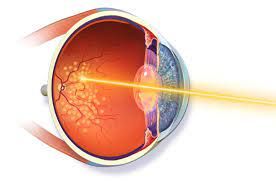
Vitrectomy

Risk Factors
- Aging
- Diabetes
- Trauma
- Smoking
- Obesity
- High blood pressure
- Steroid medication
- Family History
How to Prevent Eye Cataract
- Regular eye check-ups
- Quitting smoking
- Maintaining a healthy diet
- Eating fruits and vegetables containing antioxidants
- Wearing UV blocking sunglasses while going out in sunlight

Know More about Diagnosing Cataracts
- Visual Acuity test–This examination will evaluate the clarity and acuity of your vision. Each eye will be tested separately to assess its ability to perceive letters of varying sizes placed at a specific distance.
- Slit-lamp exam–In this test, a specialized microscope is utilized to examine various components of the eye, such as the cornea, iris, and lens. This equipment refracts light as it enters the eye, enabling the ophthalmologist to detect any abnormalities more easily.
ZEISS OPTICAL BIOMETER-IOL MASTER 500
ZEISS OPTICAL BIOMETER-IOL MASTER 700
Alcon Verion Image Guided System
Alcon Centurion Phacoemulsification System with ACTIVE SENTRY handpiece
Alcon Centurion Phacoemulsification System
- To determine accurate measurements of an IOL power before cataract surgery
- Highly accurate and repeatable
- State of the art technology for accurate IOL Power Calculations
- Futuristic technology with Extreme levels of Precision
- Rapid Scan Times
- Highly repeatable
- Near Zero Chances of Error
- Futuristic Cataract Planning Station for Bespoke Cataract Surgery
- Captures Ultra High Resolution Photographs of The Human Eye to ensure perfect implantation of Premium IOL’s during Cataract Surgery
- Helps in creating a surgical plan for the cataract surgery
- It helps minimize potential sources of error during IOL power calculation for cataract surgery.
- State of The Art Phacoemulsification machine Microinvasive Phacoemulsification (Wound sizes of as less as 2 mm)
- Fastest machine to break down and emulsify Cataracts
- Highest safety profile (Least chances of complications)
- Extremely precise without collateral damage to other structures
- Used to cut the membranes in the eye that have become thickened after cataract surgery (YAG Capsulotomy)
- Can also be used to make an opening in the Iris in small eye configurations (YAG peripheral iridotomy)
Cataract Technology

ZEISS OPTICAL BIOMETER-IOL MASTER 500
- To determine accurate measurements of an IOL power before cataract surgery
- Highly accurate and repeatable

ZEISS OPTICAL BIOMETER-IOL MASTER 700
- State of the art technology for accurate IOL Power Calculations
- Futuristic technology with Extreme levels of Precision
- Rapid Scan Times
- Highly repeatable
- Near Zero Chances of Error
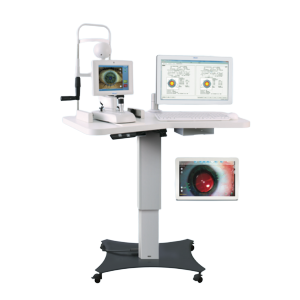
Alcon Verion Image Guided System
- Futuristic Cataract Planning Station for Bespoke Cataract Surgery
- Captures Ultra High Resolution Photographs of The Human Eye to ensure perfect implantation of Premium IOL’s during Cataract Surgery
- Helps in creating a surgical plan for the cataract surgery
- It helps minimize potential sources of error during IOL power calculation for cataract surgery.

Alcon Centurion Phacoemulsification System with ACTIVE SENTRY handpiece
- State of The Art Phacoemulsification machine Microinvasive Phacoemulsification (Wound sizes of as less as 2 mm)
- Fastest machine to break down and emulsify Cataracts
- Highest safety profile (Least chances of complications)

Appa Nd YAG laser
- Extremely precise without collateral damage to other structures
- Used to cut the membranes in the eye that have become thickened after cataract surgery (YAG Capsulotomy)
- Can also be used to make an opening in the Iris in small eye configurations (YAG peripheral iridotomy)
Cataract Surgery
Phacoemulsification
Phacoemulsification is an advanced type of cataract surgery that requires no sutures. In this procedure, a specialized machine utilizes ultrasound energy through a special probe to break down and remove the cataract from the eye. By emulsifying the entire cataract in place, a smaller incision of 2.4-2.8 mm is sufficient for the surgery. This smaller incision size leads to reduced astigmatism and improved vision quality for the patient. After the cataract’s nucleus is emulsified, a foldable intraocular lens is implanted. The surgery is performed under topical anesthesia and is considered a same-day procedure, allowing patients to return home afterward. This painless and modern technique ensures rapid healing and a swift recovery from cataract surgery.
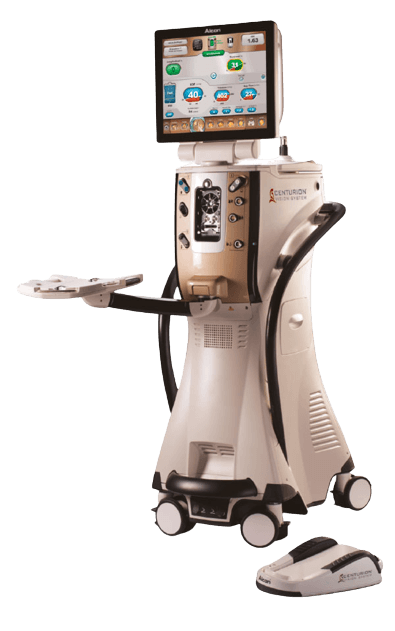

Zepto laser cataract surgery
MICS (Micro Incision Cataract Surgery)

Frequently Asked Questions
In children, the possibility of post-cataract development, called after cataract, is higher. Consequently, for very young children, an additional process called capsulotomy and/or vitrectomy could be performed to reduce this risk. Therefore, cataract surgery in children differs from the procedure carried out in adults.
Cataract Surgery Doctors

Doctor 1
Write a short description, that will describe the title or something informational and useful.

Doctor 2
Write a short description, that will describe the title or something informational and useful.

Doctor 3
Write a short description, that will describe the title or something informational and useful.

Doctor 4
Write a short description, that will describe the title or something informational and useful.






